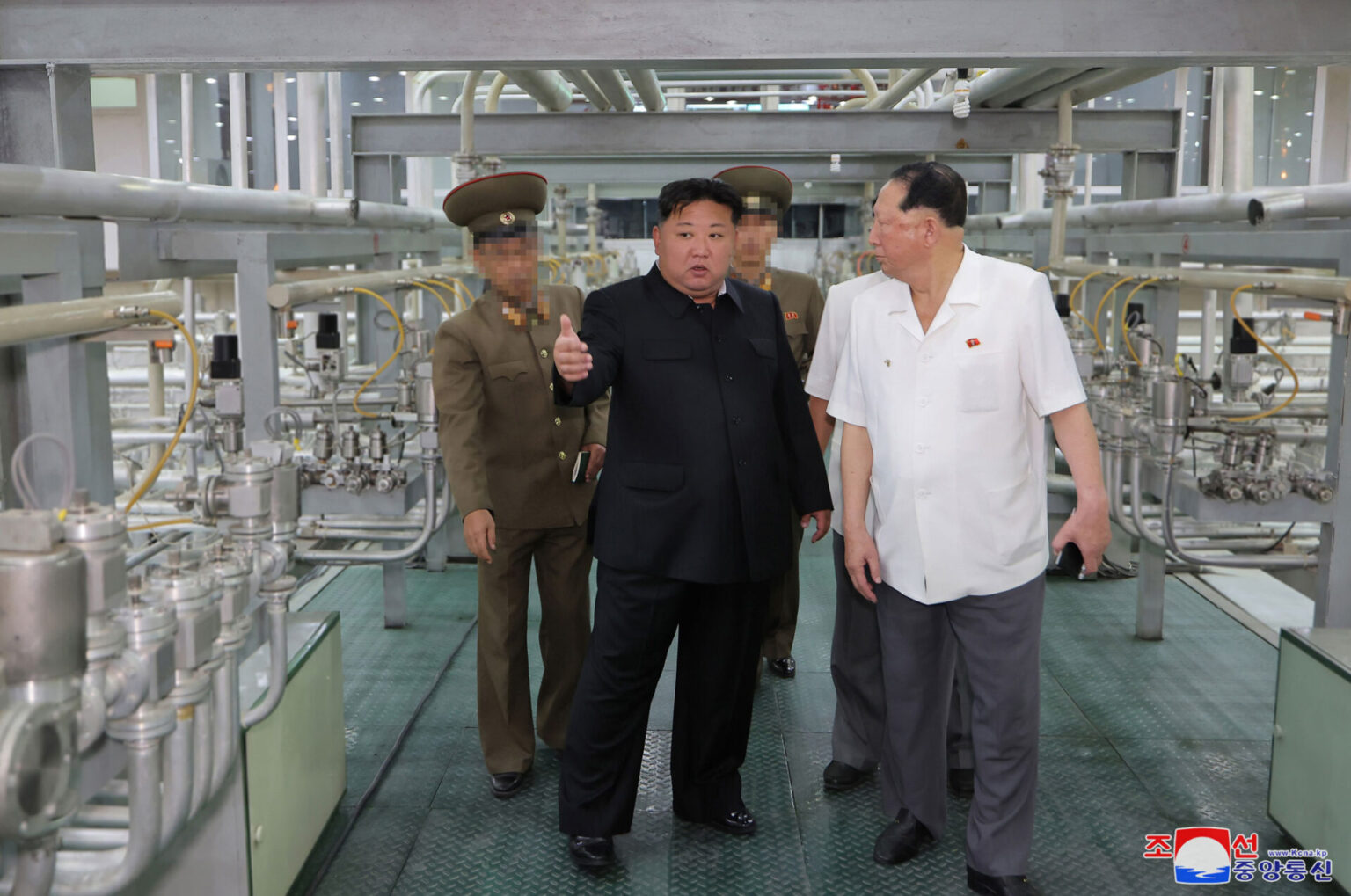|
Getting your Trinity Audio player ready...
|
North Korea appears to have confirmed the existence of a second uranium enrichment facility, following recent inspections by leader Kim Jong Un of new centrifuges at an undisclosed nuclear site.
Analysis by leading nonproliferation experts suggests this facility is located at a previously suspected covert site near Pyongyang, known as Kangson, a revelation that intensifies global concerns over North Korea’s nuclear ambitions.
Kim Jong Un Visit and the Revelation
On Friday, North Korean state media released photos of Kim inspecting a “uranium enrichment facility” and overseeing the construction intended to expand the country’s nuclear weapons production. The Korean Central News Agency (KCNA) reported that Kim’s visit was part of ongoing efforts to bolster the production of nuclear weapons, reflecting his previously stated goal to expand North Korea’s nuclear arsenal exponentially.
Although the photos did not specify the location, experts from the James Martin Center for Nonproliferation Studies and NK Pro, a prominent North Korea analysis outlet, believe the images are linked to a long-suspected site at Kangson, just west of Pyongyang. This facility underwent construction earlier this year, expanding its floor space, likely to house additional uranium-enriching centrifuges.
Kangson: A Secret Uranium Enrichment Facility
Kangson was first revealed in 2018 as a possible covert enrichment site, suspected by foreign intelligence services to be a hidden part of North Korea’s broader nuclear program. Though not officially disclosed until now, construction at the site dates back to the early 2000s. Analysts at NK Pro first noticed the new construction efforts in March, estimating that the additional floor space could allow for a significant increase in uranium enrichment activities.
According to Sam Lair, a member of the Open Source Team at the James Martin Center, details in the recently released photos closely match the new construction observed at Kangson. “The modern-looking room’s outer wall lines up well with the new construction at Kangson,” Lair told NK Pro, further supporting the theory that this is indeed the second major uranium enrichment plant in the country, in addition to the already known Yongbyon nuclear complex.
